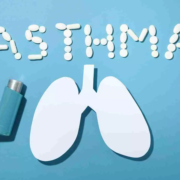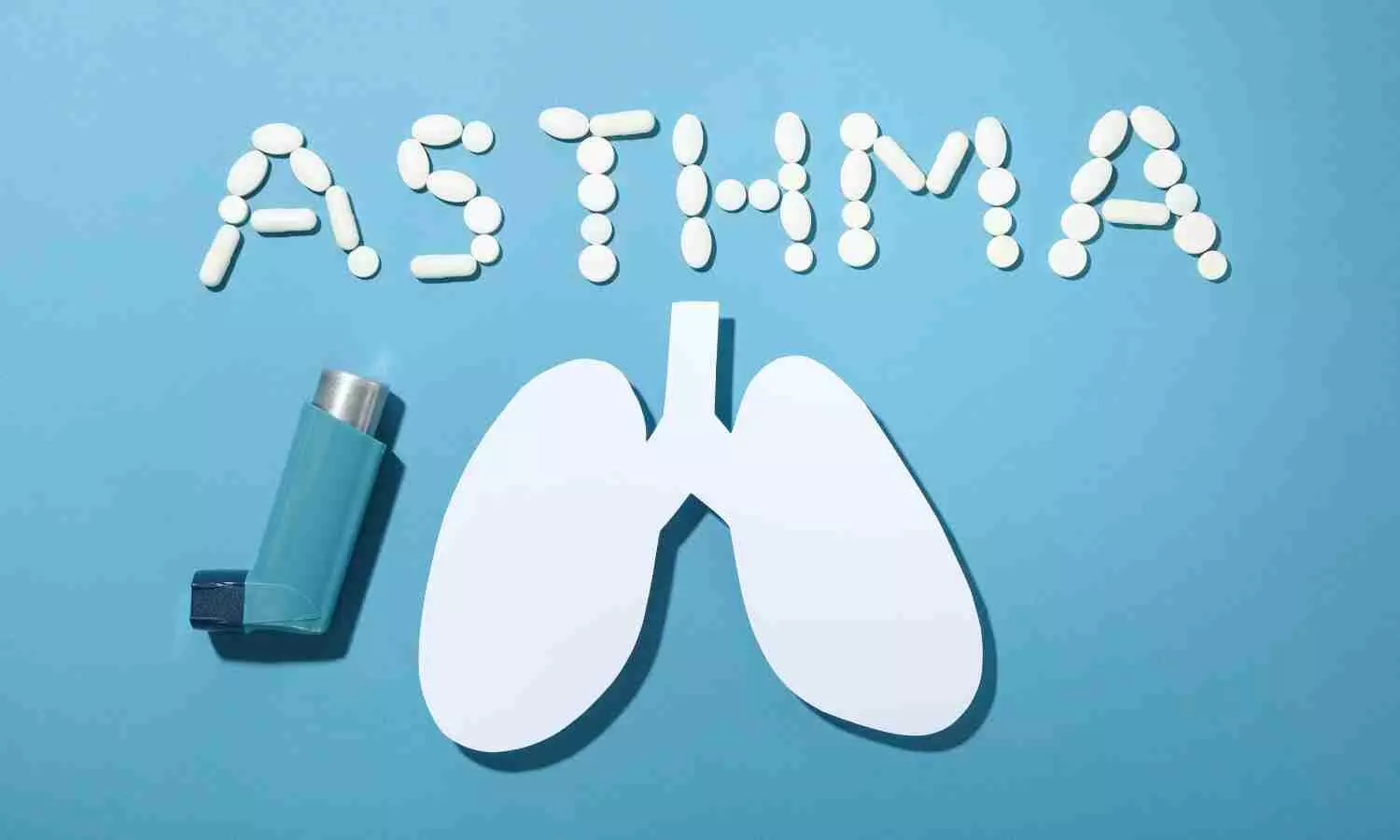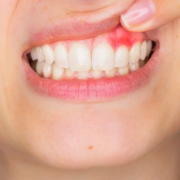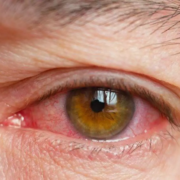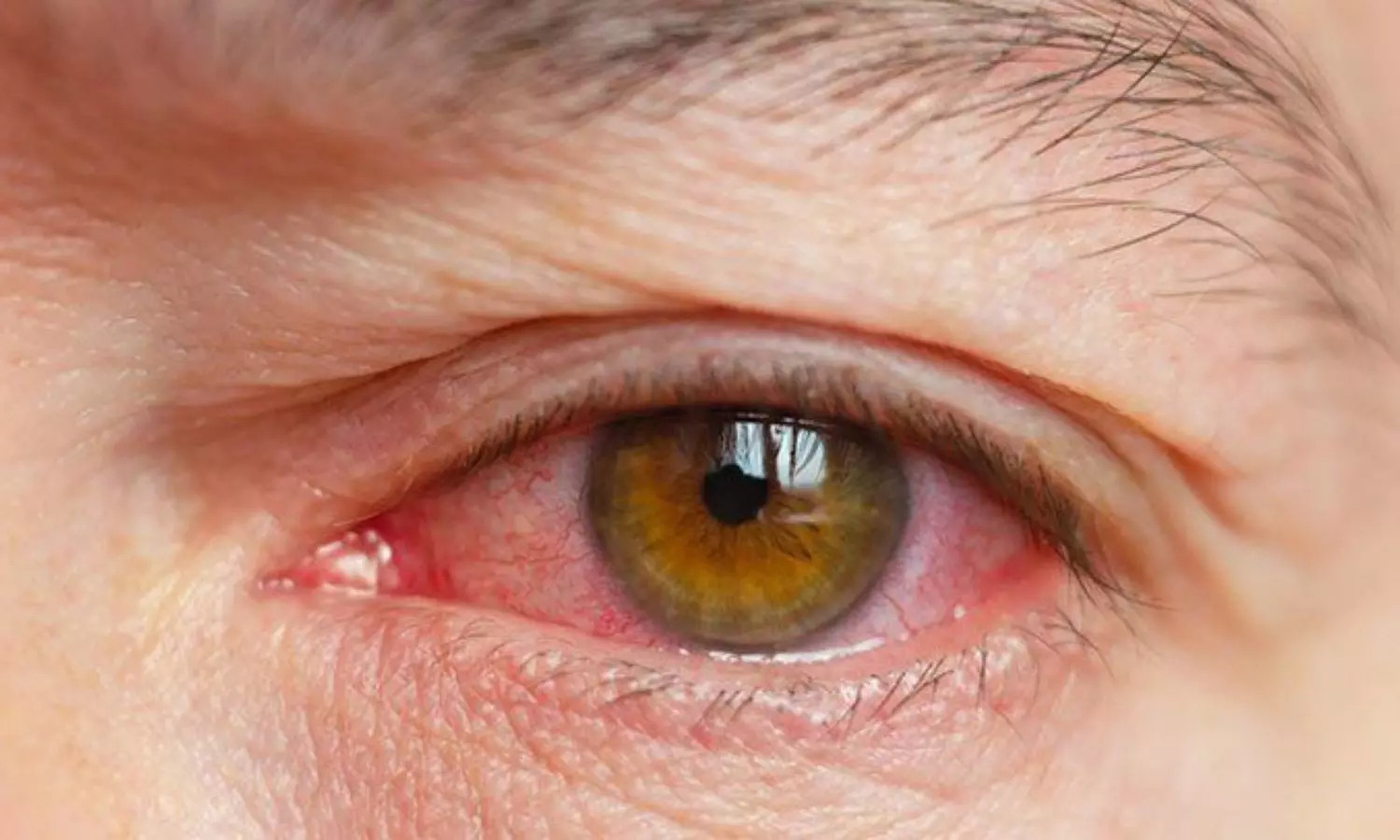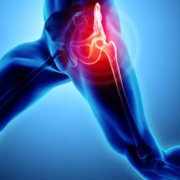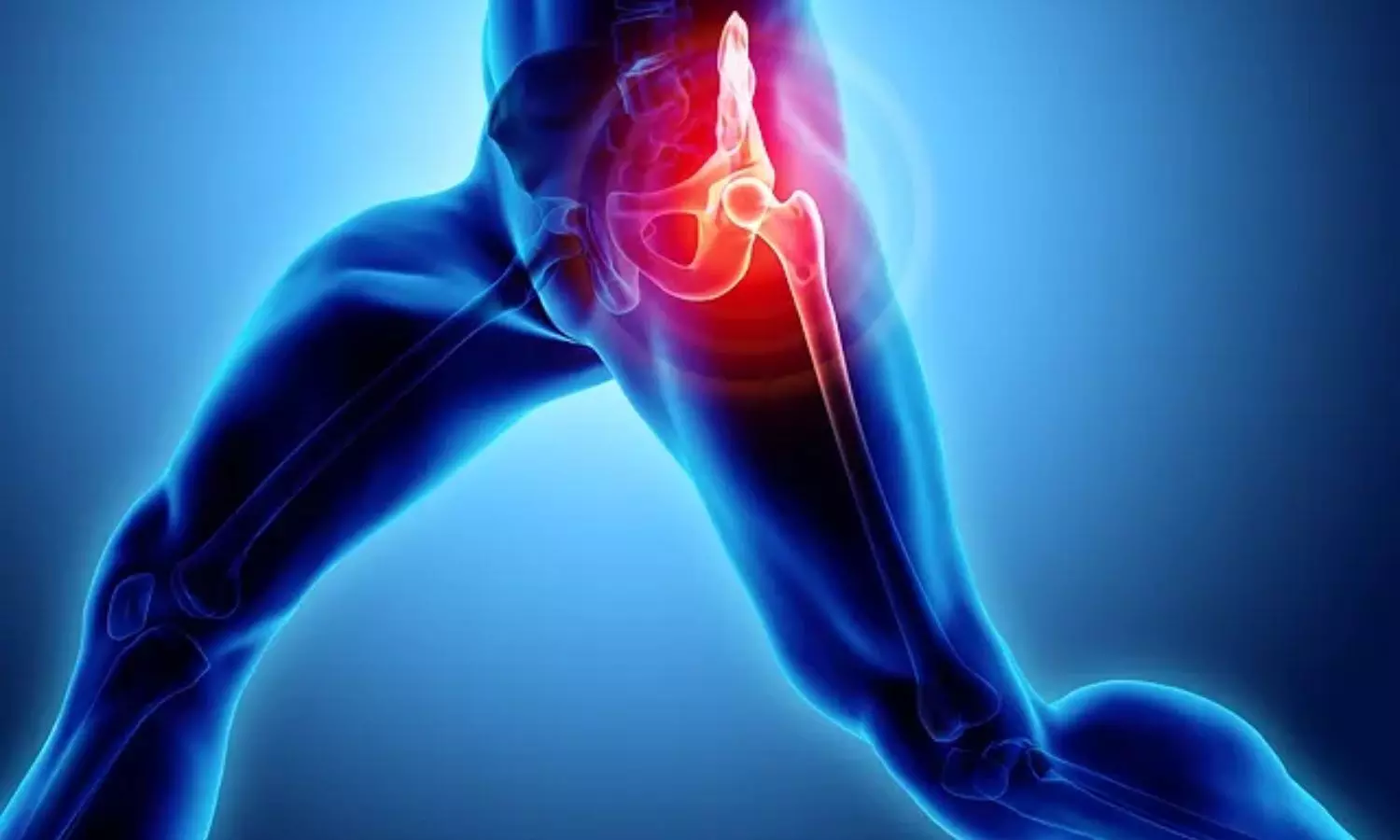Quinoa-incorporated bread falls under low-GI foods and improves glycemic control, lipid profiles: Study

India: A recent in vivo study published in Frontiers in Nutrition has shed light on the effect of quinoa (Chenopodium quinoa W.) flour supplementation in breads on the lipid profile and glycemic index (GI).
The study showed that quinoa-incorporated bread possessed a low glycemic index (42.00 ± 0.83) compared to the control (69.20 ± 1.84) and long-term consumption proved to contain functional efficacies, in terms of hypolipidemic effect.
“Incorporating quinoa into bread formulations not only enhances their nutritional content but also offers potential health benefits, particularly in managing cardiovascular health and blood sugar levels,” the researchers wrote. The findings highlight the positive effects of quinoa flour supplementation in bread on lipid profile and glycemic index.
Quinoa has recently gained significant popularity as a nutritious and versatile grain alternative. Beyond its use as a standalone dish, researchers have been exploring its potential as a functional ingredient in various food products. One such avenue of investigation is its incorporation into bread, a staple food consumed worldwide.
Quinoa (Chenopodium quinoa W.) is a pseudo-cereal rich in protein, vitamins, dietary fiber, and minerals. Its nutritional profile makes it an attractive candidate for improving the health properties of baked goods like bread.
Against the above background, Natasha R. Marak, Central Agricultural University, Tura, Meghalaya, India, and colleagues aimed to investigate the effects of quinoa bread on physical, chemical, and bioactive components, glycaemic index, and biochemical parameters.
For this purpose, the researchers fed human subjects aged between 20 and 50 years with the absence of morbid factors daily with quinoa bread for 3 months to study its pre-and post-treatment effects on lipid profile, glycosylated hemoglobin, and blood glucose.
The effort was made to incorporate the maximum amount of quinoa into the bread without compromising the bread’s acceptability. Of the 14 formulations, TQ13, containing 20% quinoa flour with 3% wheat bran, was selected for further analysis.
Based on the study, the researchers reported the following findings:
- The GI study revealed that quinoa bread peaked at 45 min with a gradual increase after ingestion of the bread and a steady decline thereafter.
- Before and after supplementation with quinoa-incorporated bread, the observed value for blood glucose levels was 86.96 ± 15.32 mg/dL and 84.25 ± 18.26 mg/dL, respectively.
- There was a statistically significant decrease in levels of triglycerides, total cholesterol, low-density lipoprotein (LDL), and very-LDL (VLDL) levels before and after supplementation.
- Non-significant changes were observed for high-density lipoprotein levels from the pre-and post-treatment with the quinoa-incorporated bread.
According to the study, these benefits have proved crucial in the dietary treatment of diabetes mellitus by resulting in improved glycaemic control and several metabolic parameters, such as improved blood lipid levels.
Based on the data obtained in the study, the researchers concluded that quinoa incorporation into wheat bread results in essential health benefits.
High consumption of phenolic compounds has long been associated with reduced risk of cardiovascular diseases and certain cancers. “Current trends in the enhancement of the antioxidant capacity of wheat bread by quinoa flour addition rich in phenolic compounds might be beneficial in the health status of a population,” the researchers concluded. “The results obtained in the present study corroborate the data reported in the literature, indicating that quinoa bread can be used in glycemic control and plasma lipids.”
Reference:
Marak, N. R., Das, P., Das Purkayastha, M., & Baruah, L. D. (2024). Effect of quinoa (Chenopodium quinoa W.) flour supplementation in breads on the lipid profile and glycemic index: An in vivo study. Frontiers in Nutrition, 11, 1341539. https://doi.org/10.3389/fnut.2024.1341539
Powered by WPeMatico


